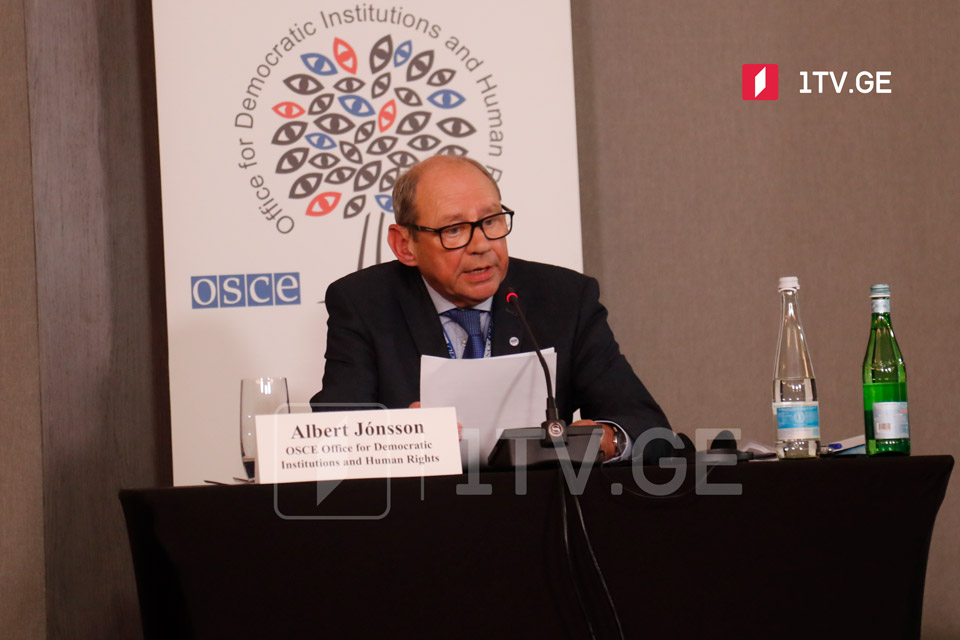“The Georgian Public Broadcaster (GPB) provided mostly neutral and diverse coverage of the campaign,” said Albert Jonsson, OSCE/ODIHR election observer mission head in Georgia.
According to Jonsson, the GPB allotted equal airtime to the GD and the UNM, while many national private television channels displayed either clear support for the ruling party and negative coverage of the opposition, or conversely a clear bias against the ruling party
OSCE/ODIHR mission head stressed the media environment continued to be marked by polarization.
“The media environment continued to be marked by polarization. Many national private television channels displayed either clear support for the ruling party and negative coverage of the opposition, or conversely a clear bias against the ruling party. Most of the media coverage was focused on mutual attacks and accusations between parties and candidates, with limited coverage dedicated to policies in general or issues of local interest, limiting voters’ ability to make an informed choice. Some television channels tried to organise debates for the second round; however, none took place due to the lack of will of most contestants to participate,” he said.
The OSCE/ODIHR election observer mission in Georgia published the preliminary report about the October 30 runoff municipal elections in Georgia.
The OSCE/ODIHR deployed 30 long-term observers throughout the country from 4 September. For the second round, 16 long-term observers remained in the country. The mission has been in Georgia since August 24 to observe the whole election process.
